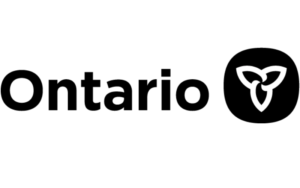Attendees at Orchestras Canada’s national conference in 2016 asked OC to work with Canadian orchestras and external experts to frame best practices for Canadian orchestras in shaping their work in Inclusion, Diversity, Equity, and Accessibility (aka IDEA). Over the 2016-17 season, volunteers from the National Arts Centre Orchestra, Manitoba Chamber Orchestra and Kitchener-Waterloo Symphony worked with OC staff to draft and refine the IDEA Declaration for Canadian Orchestras. It was approved by the OC board in May 2017, and we now present it to the Canadian orchestral community for discussion and adoption.
An Inclusion, Diversity, Equity, and Accessibility Declaration for Canadian Orchestras (printable pdf version)
An Inclusion, Diversity, Equity, and Accessibility Declaration for Canadian Orchestras (Word version – customize for your orchestra’s unique context and brand as your own)
An audio recording of this session is available here.









